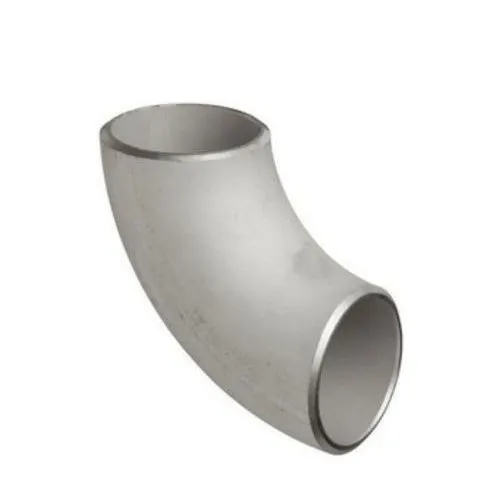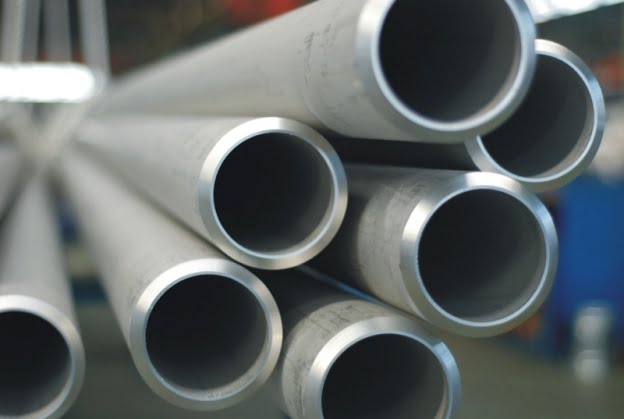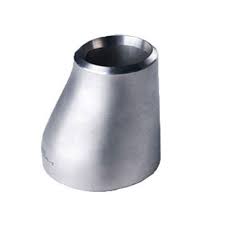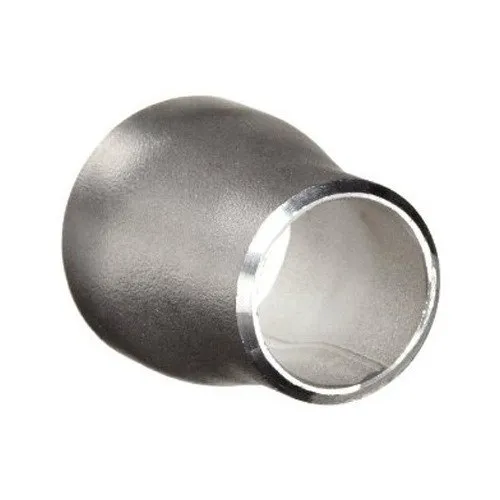
What is a butt weld elbow? A butt weld elbow is a type of pipe fitting used to change the
Stainless steel pipes, often referred to as SS pipes, are a fundamental component in various industries, celebrated for their exceptional corrosion resistance, structural integrity, and versatility. This comprehensive guide explores stainless steel pipes, including their production specifications, production technology, main materials, main types, application fields, and their advantages and disadvantages.

Stainless steel pipes are subject to rigorous standards and specifications to ensure their quality and functionality. Numerous organizations create these standards, with ASTM (American Society for Testing and Materials), DIN (Deutsches Institut für Normung), and JIS (Japanese Industrial Standards) being some of the most popular. Key production specifications include:
1. Size: Stainless steel pipes come in a variety of sizes that are typically defined by their nominal pipe size (NPS), which reflects their outside diameter.
2. Wall Thickness: The thickness of the pipe wall is specified to determine its durability and load-bearing capacity.
3. Length: Pipes are often produced in standard lengths, but custom lengths can be manufactured to meet specific project requirements.
4. Surface Finish: Surface finishes can vary from mill finish to polished and mirror finish, depending on the application.
The manufacturing process involves various steps:
1. Melting: High-quality raw materials, primarily iron, chromium, and nickel, are melted in an electric arc furnace to create stainless steel.
2. Casting: The molten steel is cast into billets or slabs.
3. Hot Rolling: Billets or slabs are heated and passed through rollers to reduce their thickness and achieve the desired size.
4. Cold Drawing or Cold Rolling: To refine dimensions and improve surface finish, pipes are cold-drawn or cold-rolled.
5. Heat Treatment: Some pipes undergo heat treatment to enhance their mechanical properties.
6. Cutting and Finishing: Pipes are cut to the desired length, and their ends may be deburred and polished.
Stainless steel pipes are predominantly manufactured from various grades of stainless steel. These grades offer unique combinations of properties, making them suitable for different applications. Common stainless steel grades include:
1. Austenitic Stainless Steel: Grades like 304, 316, and 321 are known for their excellent corrosion resistance and formability, making them ideal for applications involving exposure to corrosive environments or high-temperature conditions.
2. Ferritic Stainless Steel: Grades such as 409 and 430 provide good resistance to corrosion and are often used in applications where aesthetic appearance is less critical.
3. Duplex Stainless Steel: Duplex grades like 2205 combine the best of both austenitic and ferritic stainless steel, offering high strength, good corrosion resistance, and improved stress corrosion cracking resistance.
4. Martensitic Stainless Steel: Grades like 410 and 420 are valued for their high hardness and wear resistance, making them suitable for applications where durability is essential.
Stainless steel pipes come in various types, each tailored to specific applications.
1. Seamless Pipes: Manufactured without seams, these pipes are known for their strength and resistance to high-pressure applications.
2. Welded Pipes: Made from welding strips or plates, welded pipes are affordable and suitable for a variety of applications.
3. Round Pipes: The most common shape, used in various industries for conveying fluids and structural purposes.
4. Square Pipes: Ideal for architectural and structural applications, offering a modern and aesthetic appeal.
5. Rectangular Pipes: Used in construction, furniture, and architectural applications due to their rectangular cross-section.
6. Oval Pipes: Uniquely shaped for specific aesthetic and structural purposes.
Stainless steel pipes find diverse applications across multiple industries, including but not limited to:
1. Construction: Used in building structures, plumbing, and architectural features due to their corrosion resistance and durability.
2. Petrochemical: Vital for transporting corrosive fluids and gases in refineries and chemical processing plants.
3. Automotive: Stainless steel pipes are used in exhaust systems, fuel lines, and structural components due to their corrosion resistance and heat resistance.
4. Food and Beverage: In food processing and beverage industries, stainless steel pipes ensure product purity, hygiene, and compliance with regulatory standards.
5. Medical: Medical instruments and equipment rely on stainless steel’s biocompatibility, corrosion resistance, and ease of sterilization.
6. Aerospace: Used in aircraft and spacecraft due to their lightweight yet strong properties.
7. Marine: Stainless steel’s resistance to saltwater corrosion makes it essential in the maritime industry for various applications.
8. Energy: Stainless steel pipes are critical in nuclear, geothermal, and solar power plants due to their durability and heat resistance.
Stainless steel pipes offer numerous advantages, making them the preferred choice for a wide range of applications:
1. Corrosion Resistance: Stainless steel’s primary advantage is its exceptional resistance to corrosion and rust, ensuring longevity in challenging environments.
2. Strength: These pipes possess excellent mechanical properties, making them suitable for high-stress applications.
3. Aesthetic Appeal: The shiny surface of stainless steel pipes enhances visual appeal in architectural and decorative applications.
4. Hygienic: In the food, medical, and pharmaceutical industries, stainless steel’s smooth surface is easy to clean and maintain, ensuring compliance with stringent hygiene standards.
5. Temperature Resistance: Stainless steel can withstand extreme temperatures, making it suitable for both high- and low-temperature applications.
6. Recyclability: Stainless steel is 100% recyclable, reducing environmental impact and promoting sustainability.
While stainless steel pipes offer numerous advantages, there are some limitations to consider:
1. Cost: Stainless steel can be more expensive than other materials, which may impact project budgets, particularly in large-scale applications.
2. Weight: It is denser than materials like aluminum, which can lead to increased weight in some applications.
3. Magnetism: Some stainless steel grades are magnetic, which may be undesirable in specific applications.
4. Welding Challenges: Certain grades require specialized welding techniques and expertise.
In conclusion, stainless steel pipes are indispensable components in a wide array of industries due to their remarkable characteristics, including corrosion resistance, strength, and aesthetic appeal. With various types, grades, and production standards available, stainless steel pipes can be tailored to meet the specific needs of any project. As a leading supplier of stainless steel pipes, Sino Special Metal is dedicated to providing high-quality products to meet the demands of various industries. Our commitment to excellence ensures that our customers receive top-tier stainless steel pipes, backed by expert knowledge and extensive experience in the field.
If you’re in search of premium stainless steel pipes that align with your precise requirements, look no further than Sino Special Metal. With our extensive range of products and dedication to quality, we are the trusted partner for all your stainless steel pipe needs. Contact us today to explore how we can meet your project’s stainless steel pipe requirements while ensuring exceptional quality and reliability.

What is a butt weld elbow? A butt weld elbow is a type of pipe fitting used to change the

At SINO SPECIAL METAL, we provide high-quality butt weld eccentric reducers, essential fittings used in piping systems to seamlessly connect

What is a Butt Weld Concentric Reducer At SINO SPECIAL METAL, we offer high-quality butt weld concentric reducers, pivotal components
SSM stands as a premier supplier enterprise, renowned for its specialization in crafting high-quality special metal products. Our commitment to excellence and precision in production ensures that your unique metal requirements are not just met but exceeded. Discover the quality that defines SSM as a leading name in the industry.